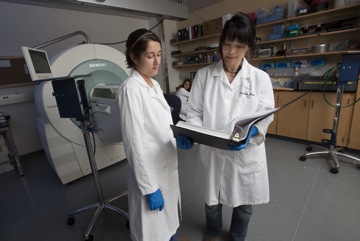
Script writer and playwright, Roger Wolfson has 17 years of professionally applied fiction writing under his belt. With acclaimed American television shows like Saving Grace and Law and Order along with a Washington Post column, he offers his insight into his very own experiences and understandings of good writing for television.
“Successful TV is built off from character development” Wolfson has declared.
Indeed, when you see any of his collaborations with televised programmes there is a clear value placed upon the character and the subsequent metamorphisis that occurs in front of the viewer’s perception.
Consider the great shows of our golden era of contemporary TV. The Wire and Breaking Bad and The Crown. Each production delves into the psyche of a character and the stories are often focused on the journey each character takes in response to the situation they are embedded in.
Whether they develop or whether they falter, audience engagement is reliant on this literary device.
Movement
Wolfson identifies that movement is key to character development. Whether the character is physically moving through space as in a road trip or having mental barriers in the same space, both invoke a sense of movement and this vital for the character’s development.
Characters rely on stimulus. Movement of this broad description ensures the confrontation of new challenges stimulating new discoveries. This is ideal for writing.
Social Realism
Despite the range of genres present in the literally milieu, there is perhaps nothing more reactive to characters than aspects of social realism. Whether this is combined with other genres like sci-fi or horror, bringing in an aspect of commonality to the drama will not only move the experience of the character but is provide recognition to the audience. Consider the impact of Shane Meadow’s ‘This is England’. This leads onto the next aspect.
Recognition of ourselves and others
Seeing yourself and others inside works of fiction is what makes a character so engaging. The recognition of behavioural traits and responses to situations is what drives a character to connect with the audience. In some ways this can create an illusion of character development as similar traits of oneself can be seen in the fictional person whilst they then change to react to different circumstances.
Can weave between fiction and fact
Often it is the situation that causes the character to change. Without this, there can be little movement as aforementioned. Therefore, dramatizing reality or merging fiction with fact can lead to reactions to characters like volatile chemicals meeting. Consider the hugely successful ‘The Crown’. Real life characters are embedded inside actual moments of history. But where there are no records of responses from research, dramatized fiction begins. This tension creates visceral human responses and allows the viewer inside the mind of the character.
What is the function of story?
Overall, in considering the very function of ‘Story’, it can often be implied as a learning device. Recounted stories of danger or moral disobedience served to enlighten societies and groups as to how to navigate through their reality more knowledgeable of the pitfalls that are inherent. As a consequence, character development is intrinsic linked to the very nature of story.


